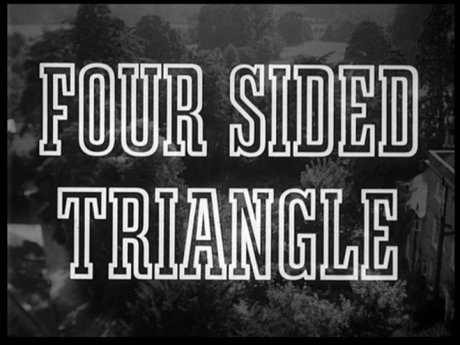




| Anyone famous in it? | Some familiar faces but no big names. |
| Directed by anyone interesting? | Terence Fisher - Hammer's top director who shot most of their top horror films. |
| Any violence/gore? | None. |
| Any sex? | None. |
| Who is it for? |
Fans of clever sci-fi should enjoy this. The Frankenstein style sets and plot should appeal to Hammer fans, and of all the early Fisher/Hammer productions, this is probably the most recommended. |
| Visuals | Original Aspect Ratio - 1.33:1 fullscreen. Black and White. The print is of a good quality, grainy but with lots of detail and almost no print damage. |
| Audio | English language mono. Strong throughout. |
| Subtitles | None. |
| Run-time | Feature: 1hr 17m 59s (PAL) |
| Extras | The disc includes:
|
| Availability | Available as a single-disc release or in the Hammer Horror: The Early Classics boxset. Both include the booklet. |
| Region | Region 2 (UK, Europe) - PAL |
| Other regions? | Anchor Bay R1 DVD (now going OOP) has similarly good print but lacks bonus features. |
| Cuts? | None known. |